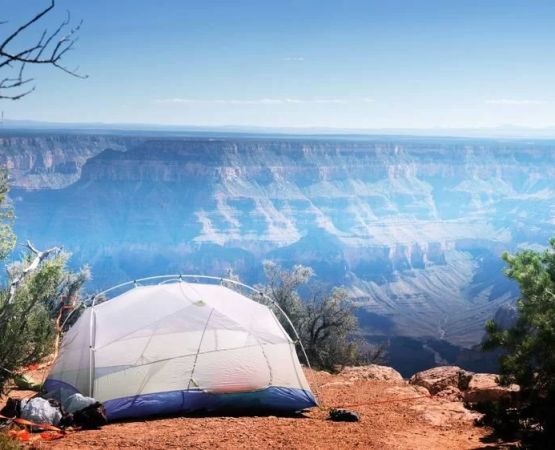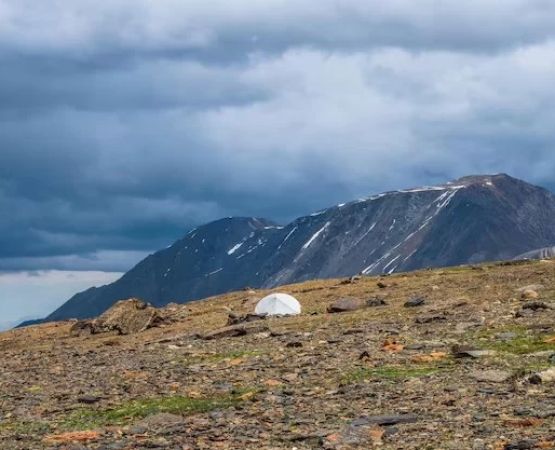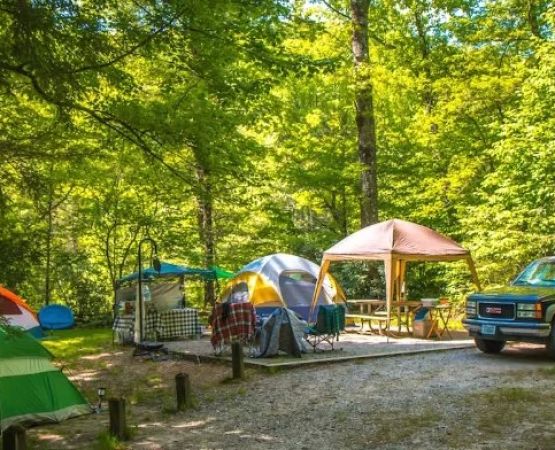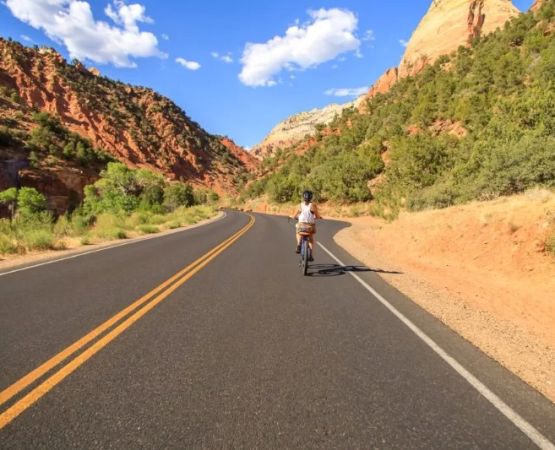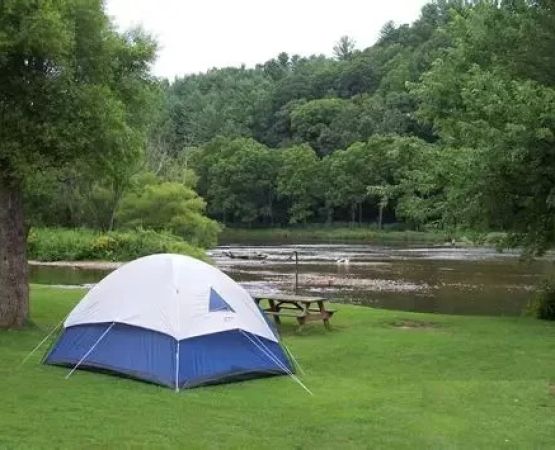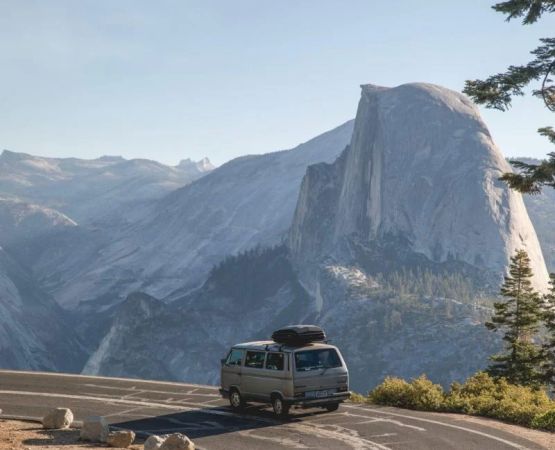Tips for Camping in Remote Areas of the US
Camping in remote areas of the United States can be one of the most rewarding and immersive outdoor experiences. With fewer people around and a sense of true solitude, these locations offer a chance to connect deeply with nature. However, venturing into remote regions requires careful planning and the right mindset. Having gone camping in some of these secluded spots, I've learned that preparation is key. From understanding how to stay safe to knowing what gear to pack, here are some essential tips for camping in remote areas of the US.
1. Research Your Destination
The first and most important step when camping in remote areas is research. Many remote locations in the US, such as national forests, wildlife refuges, and national parks, are beautiful but can also be dangerous if you're unprepared. Make sure you understand the terrain, weather conditions, and any special regulations before heading out.
1.1 Choose the Right Location
It’s crucial to select a camping site that matches your skill level. Some areas, like those in Alaska or the Colorado Rockies, offer incredible landscapes but are also challenging to navigate. If you're new to remote camping, consider starting with well-established areas that offer backcountry sites but still have nearby ranger stations or support. National parks like Yosemite or the Great Smoky Mountains are a great starting point for those new to camping in more isolated areas.
1.2 Check for Permits and Regulations
Many remote areas require permits for camping, hiking, or fishing. These permits help preserve the land and prevent overcrowding in sensitive areas. Always check with the local park or forest service for permit requirements. It’s also important to familiarize yourself with the area’s specific rules, such as campfire restrictions, wildlife protections, and any special seasonal guidelines.
2. Pack the Essentials
When you're heading into the wilderness, you’ll need to pack carefully. The more remote the area, the more important it becomes to bring everything you need for a safe and comfortable trip. This includes food, water, first aid supplies, and gear. Here’s a checklist of the essential items you’ll need:
2.1 Navigation Tools
In remote areas, GPS signals can be weak or nonexistent. Always bring a physical map of the area, a compass, or even a satellite communication device like a SPOT or InReach device. These tools are invaluable if you find yourself off-track or need to call for help in an emergency.
2.2 Water and Filtration Systems
Access to clean water may be limited, so be sure to bring enough water or a reliable water filtration system. I recommend carrying a water filter or purification tablets in case you need to treat water from natural sources. The ability to filter water on-site can be a lifesaver in remote areas.
2.3 Food and Cooking Supplies
Bring lightweight, non-perishable food items like freeze-dried meals, energy bars, and dehydrated fruits. A portable stove is useful for boiling water or heating meals. Ensure you have adequate food for the duration of your trip, as resupply opportunities will likely be nonexistent.
3. Understand the Wildlife
When camping in remote areas, you're bound to encounter wildlife. Understanding how to safely coexist with these animals is essential for your safety and theirs. From bears in the Rockies to mountain lions in the desert, here are a few tips for handling wildlife encounters:
3.1 Bear Safety
One of the biggest concerns in remote areas is the possibility of encountering bears. Always store food securely in bear-proof containers, and avoid cooking near your tent. Many national parks and wilderness areas offer bear-proof lockers at campgrounds. When hiking, make noise to alert bears to your presence and reduce the chance of surprise encounters.
3.2 Dealing with Other Wildlife
Aside from bears, many other animals pose risks, including snakes, insects, and larger mammals. Keep your tent zipped tight and avoid leaving food out. If you encounter a snake, give it space and let it pass. Be vigilant and aware of your surroundings, especially when hiking or walking in areas with tall grass or dense vegetation.
4. Know the Weather Conditions
The weather in remote areas can be unpredictable, especially at higher elevations or in places like the desert. It's essential to check the weather forecast before your trip and prepare accordingly. Here are some ways to stay prepared:
4.1 Dress in Layers
Layering your clothing is key to staying comfortable. Remote locations, especially those in mountainous regions, can experience a wide range of temperatures throughout the day. Start with moisture-wicking base layers, add an insulating layer, and always have a waterproof outer layer to protect against rain or snow.
4.2 Be Prepared for Severe Weather
In some areas, thunderstorms, high winds, or even snowstorms can occur unexpectedly. Bring a lightweight, waterproof tent, and ensure that your shelter can withstand strong winds and rain. A good sleeping bag rated for cold weather is also a must, as temperatures can drop dramatically at night.
5. Stay Safe with Emergency Preparedness
Safety should always be your top priority when camping in remote areas. Knowing how to handle emergencies and having a solid plan in place can make all the difference in the event of an accident or medical issue.
5.1 First Aid Kit
Carry a well-stocked first aid kit with supplies for treating cuts, burns, insect bites, and other common injuries. Include any necessary medications and an emergency whistle or signal mirror to alert rescuers in case of an emergency.
5.2 Communication Devices
In remote areas, cell phone service may be unreliable or non-existent. Consider carrying a satellite phone or a personal locator beacon (PLB) that can send distress signals in emergencies. These devices can be lifesavers if you need to get help quickly.
6. Leave No Trace
When camping in remote areas, it’s important to follow the Leave No Trace principles to help preserve the environment for future generations. Pack out all of your trash, minimize your campfire impact, and avoid disturbing wildlife. The more you can do to leave the area as you found it, the better it will be for both the environment and other campers.
6.1 Pack Out All Trash
Ensure that you pack out everything you bring in, including food wrappers, empty bottles, and any other waste. Some areas may have bear-proof trash cans or require you to pack out waste in special bags, so make sure you're aware of the requirements beforehand.
6.2 Respect Wildlife and Plants
When hiking or setting up camp, avoid disturbing plant life or approaching wildlife. Stay on designated trails and campsites to minimize your impact on the land. The goal is to enjoy nature without leaving a lasting trace.
Conclusion
Camping in remote areas of the US is a thrilling and rewarding experience that can provide an unparalleled connection to nature. With the right preparation, knowledge of the environment, and a focus on safety and sustainability, your adventure can be both enjoyable and safe. Remember to plan ahead, pack the essentials, and always be mindful of your surroundings. The reward of peaceful solitude and breathtaking views is more than worth the effort. Happy camping!

